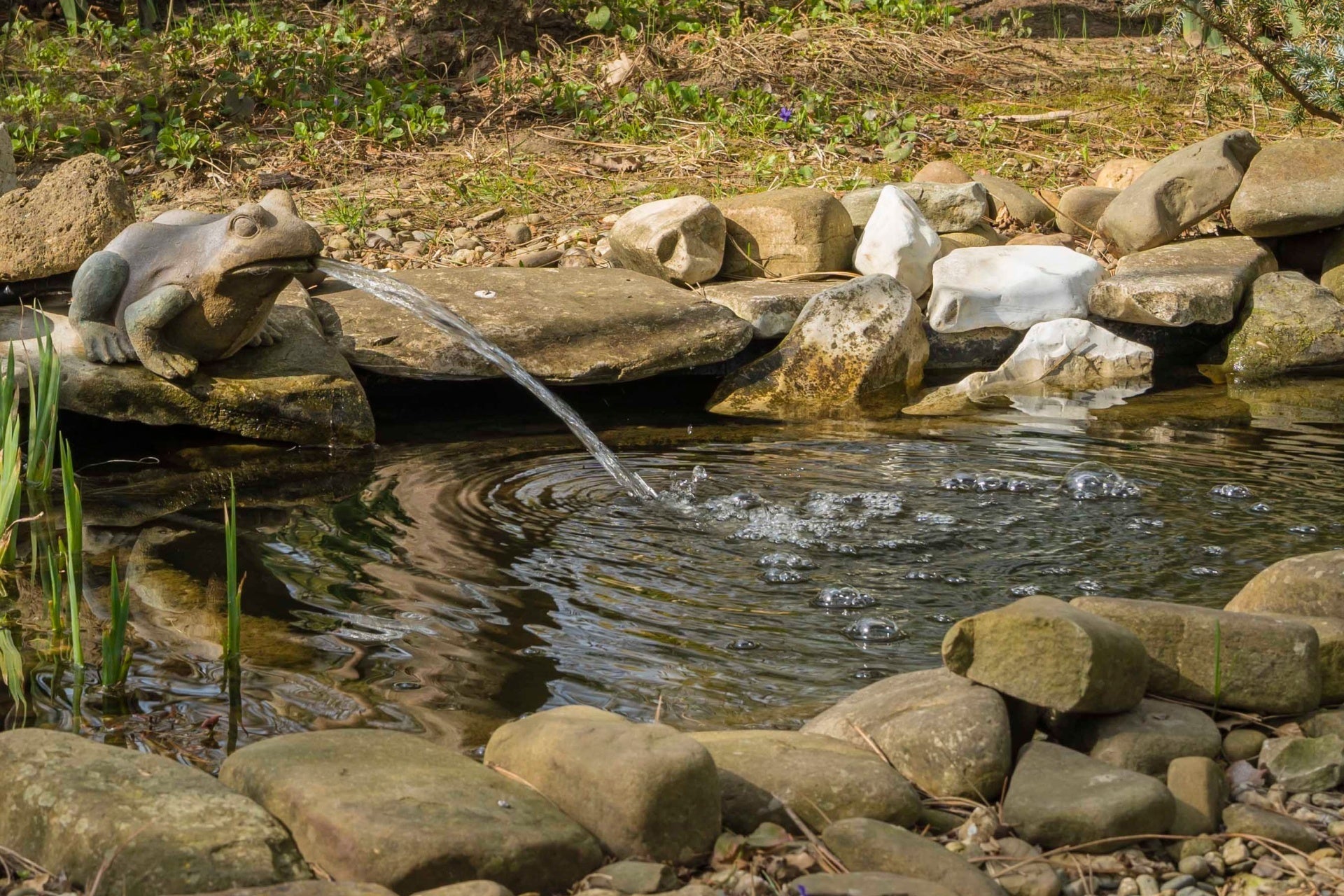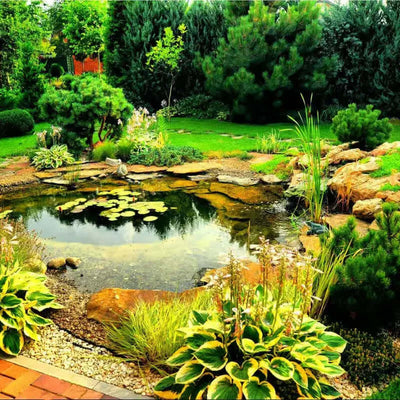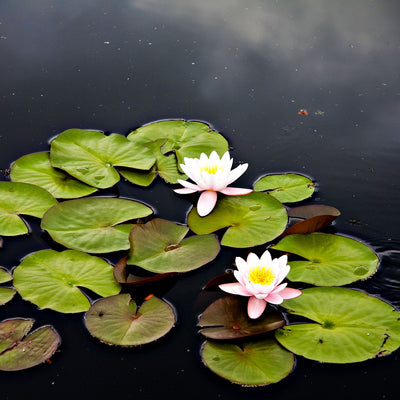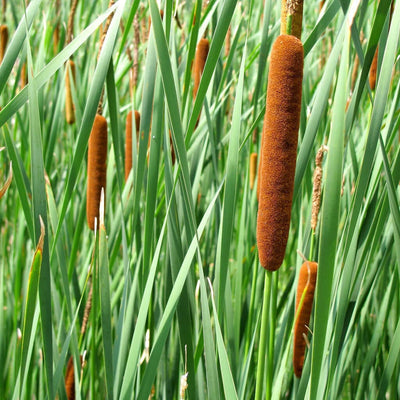One of the most relaxing and beautiful things you can add to your outdoor space is a water garden. A well-thought-out water feature combines plants, movement, and natural balance to make a peaceful space in your backyard. It might seem hard to start a water garden for the first time, but it's actually easier than most people think. Anyone can enjoy the beauty of water, reflections, and active underwater life with the right gear and a few easy steps.
Not only does a water garden look nicer, it does more. It helps small environments stay alive, brings in pollinators, and makes the outdoors more relaxing. Whether you want a small pond, a pot fountain, or a shallow water garden, it's important to know the basics. This guide will show you how to create Water Features for Garden, how to install them, how to choose plants, and how to keep them in good shape.
Types of Water Features for Garden
You can add water to your scenery in a lot of different ways. The best thing about it is that you can pick a style that works with your room, spend, and comfort level. If you plan ahead, you can enjoy outdoor water features in even small yards.
Some popular water attractions that are good for beginners are:
- Small ponds in pots
- Fountains that stand alone
- Garden with barrels
- Small ponds
- Small ponds that are good for wildlife
Each choice gives you a different look and amount of care. Potted ponds are great for renters, while small ponds with less water give plants and animals more room to grow. Even a simple fountain can add the soothing sound of moving water to your yard, making it a better place to relax.
Why Add a Water Feature
Adding a water garden to your lawn makes it look nicer, gives it movement, and is good for the environment. A well-thought-out water feature makes a peaceful centre point that people will naturally want to visit. It also attracts good bugs and animals, like frogs, dragonflies, and pollinators, that help keep the yard healthy.
Water Features for Garden are popular with homeowners for a variety of reasons, such as:
- Natural cooling in the summer
- A relaxing soundscape
- A place for small animals to live
Water parks are also good for your mental health because they provide a calm spot to relax after a long day.
Beginner Friendly Water Feature Projects
It's not necessary to have a lot of experience to start water farming. A lot of people who are new to woodworking start with easy projects that can be put together in a few hours. You can use a clay pot or a planter that doesn't let water in to make a container pond. Then, add Water Garden Plants and a few floating features.
Pick one of these projects to start:
The ponds are made from whisky barrels, there are shallow outdoor ponds with lily pads and there is a small bog garden.
If you want to add plants, Lily Pads and other floating plants look great in small ponds. You can add colour and depth to your water garden with things like Lily Pads.
Choosing the Right Water Feature for Your Space
To feel confidence as a beginner, you need to pick the right setup. First, look at how much sun your yard gets. Most water plants need at least half a day of sunlight. There are plants that can grow in shade, but the plants you choose will affect how well your water garden does.
Think about these things when making your choice:
- Size of the garden
- Exposure to sun
- Budget
- Level of care wanted
- Power source for pumps
Smaller outdoor water features are easier to take care of than larger ones. If you want beauty that doesn't need much care, think about getting a water planter with easy movement. A small pond with shelves for plants can be a fun job if you want to do something bigger.
Essential Plants for Water Features
Plants are highly crucial for building a water garden that is healthy and balanced. They help clean the water, give oxygen, and keep the environment steady. First, choose species that are tough and easy to become used to.
Floating plants such as:
- Lily pads
- Marginal plants like cattails
- Submerged oxygenating plants
- Shallow bog plants are all great choices for beginners
There is nothing better than cattails for giving the edges of your water garden some shape. You can add height and a natural swamp look to your space with plants like Cattail Plant.
If you want to see more aquatic plants, TN Nursery also has a lovely selection of Water Garden Plants that look great in both big ponds and smaller Water Features for Garden on your patio.
Water feature installation tips
The water feature installation can begin as soon as you are happy with the plan. Pick a level spot and mark it off to make room for ponds or containers. Follow the manufacturer's instructions for where to put the pump and how to set it up if you are using a fountain. To make a pond, you need to dig a hole, add a cover, and put rocks or shelves in the hole for plants.
During warm months, most water plants grow quickly, so it's important to trim them back. Maintaining your lights on a regular basis will help keep your water clear and balanced and stop algae blooms.
Frequently Asked Questions
What is a water feature?
A water feature is any part of the scenery that uses water to make something look or sound nice. It could be a pond, a waterfall, a stream, or a garden in a pot.
What is the purpose of a water feature?
A water feature makes your garden look nicer, makes a soothing sound, helps wildlife, and restores natural order.
What plants grow best in water gardens?
Water gardens are a great place to grow plants like lily pads, cattails, floating plants, and oxygenators that are underwater. TN Nursery has great options for all types of water gardens that are easy for beginners to use.
Can I add fish to my water garden?
You can put fish in your pond as long as it is deep enough and has the right filters. Most of the time, fish shouldn't live in small container tanks.
What maintenance does a water garden need?
Cleaning up trash, keeping an eye on algae, trimming plants, and checking pumps are all basic upkeep tasks. For winter or summer care, bigger ponds may need to be cared for differently.




